Life around the bend in Sri Lanka
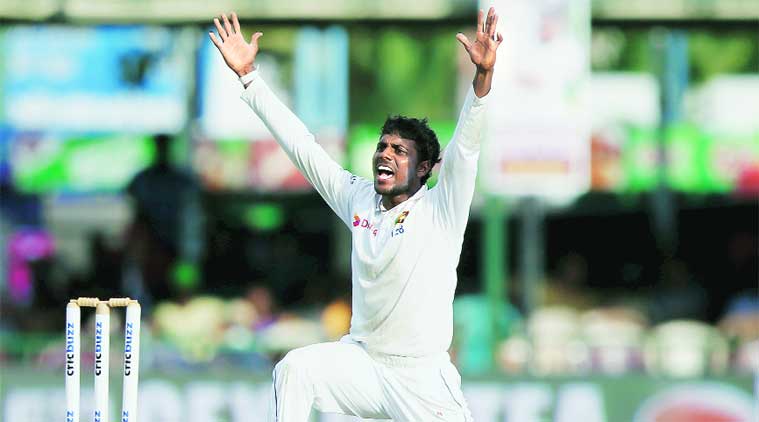 Tharindu Kaushal could well be Sri Lanka’s poster boy for the ‘clean action’ movement that has gripped its cricket at all levels.
Tharindu Kaushal could well be Sri Lanka’s poster boy for the ‘clean action’ movement that has gripped its cricket at all levels.
If Muttiah Muralitharan was a young upcoming spinner coming through the ranks in Sri Lanka today, there’s a good chance he might have never even made it to international cricket. For long the island has been renowned for producing spinners that have both charmed and mesmerised the cricket world. At the same time, these spinners have also routinely come under extreme scrutiny with regards to the legitimacy of their bowling actions.
But there’s a silent revolution underway in Sri Lanka, starting from the junior-most level, poised and primed to weed out ‘chucking’ with hopes to eventually eradicate it. While it is the Illegal Bowling Actions Committee (IBAC) that is in-charge of ridding Sri Lanka of the nuisance, most of the measures include placing the onus on coaches at all levels, with their licenses said to be under threat in case they fail to report a bowler before clearing him for club cricket.
The IBAC also includes Sri Lanka Cricket (SCL) Head of Coaching Unit, Jerome Jayaratane. The academy coach reveals that the genesis of Sri Lanka’s new outlook could be solely traced back to July 2014, when Sachithra Senanayake was banned from bowling following an ODI series in England. And then Jayaratane accompanied the off-spinner to the Perth testing facility.
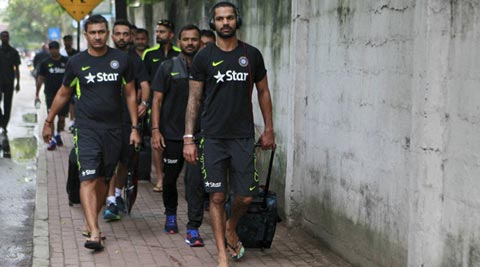 For India, Sri Lanka is an island of struggle
For India, Sri Lanka is an island of struggle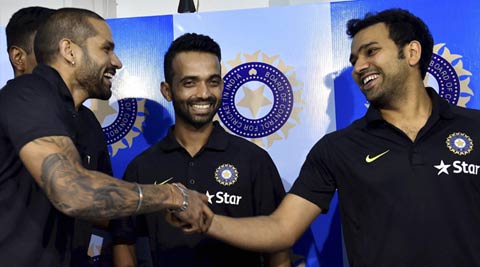 We cannot give excuses anymore that we are still learning, says Rohit Sharma
We cannot give excuses anymore that we are still learning, says Rohit Sharma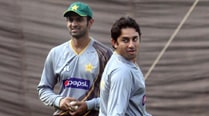 PCB does a u-turn, not to appeal against Saeed Ajmal's suspension
PCB does a u-turn, not to appeal against Saeed Ajmal's suspension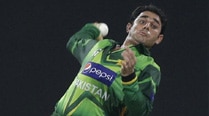 Saeed Ajmal suspended from bowling for illegal action: ICC
Saeed Ajmal suspended from bowling for illegal action: ICC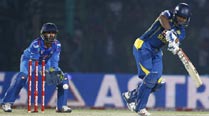 Asia Cup 2014: That man Kumara Sangakkara again
Asia Cup 2014: That man Kumara Sangakkara again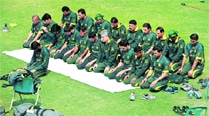 Asia Cup: Living on a prayer
Asia Cup: Living on a prayer
“We learnt what a ‘suspect bowling action’ is all about only once we went there. Previously, we thought flexion meant chucking, which meant you couldn’t flex your arm while bowling. But actually, we were wrong. Extension or extending your arm was the problem. That’s how much in the dark we were,” says Jayaratane.
“Sachithra’s case was unfortunate, but it did change the way we thought at the issue. It brought in processes and put committees in place to find a way to clamp down on the menace,” he adds.
These days, Jayaratane and his colleagues go around the country educating coaches and empowering umpires to come down hard on any bowler with a dodgy action. But he recalls how difficult it used to be to even get through to coaches, forget convincing them of being careful with the kind of bowlers they were picking.
“Prior to Senanayake, if you told a coach you might have a bowler with a suspect action he would turn around and tell you, “Look at Saeed Ajmal’s action, and if Hafeez can bowl like that at international level, why can’t my bowler bowl.” I would have no answer,” says Jayaratane.
The trigger
So while he recalls Senanayake’s case having been the trigger, the 49-year-old also credits the changing attitudes of the ICC over chucking to have prompted the sudden drive in Sri Lanka. “The days of risking a bowler with a cloud over him at international cricket are behind us. Australia tested the doosra and they’ve banned it from their coaching manual. Their research told them that there is only a 5 per cent chance that you can bowl a doosra with a legitimate action. They thought if you guys from the subcontinent want to follow your idols like Murali and Ajmal, then you all do it and ruin your cricket because at elite level you are not going to play us. But you still get kids bowling like Murali,” reveals Jayaratane.
The ICC’s new-found resolve, he admits, has also helped the SLC be firmer with the coaches, and put their foot down.
“Now we can say, look Ajmal has taken over 200 Test wickets and he’s not playing international cricket. And captains and coaches are aware that if I pick someone like that I could well end up playing with 10 players and a bowler short, and get fined,” he says.
Most SLC coaches have close to 30-40 schools under their care, and they are responsible for any junior cricketer coming through the ranks from their region. As it stands, they have the luxury to send a bowler who’s been ‘called’ once in a match to Colombo, where the youngster’s action will be tested, and hopefully corrected, at the academy under the care of Jayaratane. So while he is optimistic about the impact the new protocols have had in first-class cricket—172 bowlers, 80 per cent of them off-spinners, were reported last year and 140 of them still remain banned—he is still concerned about the lack of transparency in school cricket, which happens to be massive in volume. “Most of them come to the academy bowl with normal actions, get ‘cleared’ and go chuck in matches. So we have given umpires power to call them again,” he says.
Size matters
The advantage Sri Lanka has is its size, and the fact that the system is centralized.
“You get in the bus from Jaffna in the morning and you are here by evening. So a coach is encouraged to send any kid he finds to Colombo. Unlike in other countries, every child here gets an opportunity to get his action checked at a young age with high-frame footage,” he says. The IABC has also disallowed kids from wearing long-sleeves to ensure that their elbows are always visible.
Having said, Jayaratne insists that the focus on clamping down on illegal actions will not curb Sri Lanka’s penchant to promote natural talent. And he believes that the habit of bending arms comes from playing tennis-ball cricket at a young age.
“And they play the entire 22 yards. So to get the ball from one end to the other end or to be effective, you start bending your elbow. Through their growing years from 7-14, this habit of chucking becomes ingrained in them. This bad habit continues when you play leather ball cricket where it is used as a weapon,” he explains.
Jayaratane also reveals that selectors across all levels pick a spinner who’s been among the wickets only after they have had a word with him. Like in the case of Tharindu Kaushal, seen by many as a potential replacement for Muralitharan. Kaushal’s major weapon is the doosra, and according to the head coach, he falls into the 5 per cent.
“Subcontinent bowlers are suppler in their wrist. Kaushal has a lot of flexion but there is no extension. He manages to release it at a decent point. There is no jerk unlike with Hafeez, so he’ll get away with it,” says Jayaratne.
Kaushal and his future, Jayaratne reveals, is one of the success stories of Sri Lankan cricket’s raging fervour to wipe out a long-standing plague that has every now and then bent their otherwise infallible reputation.





